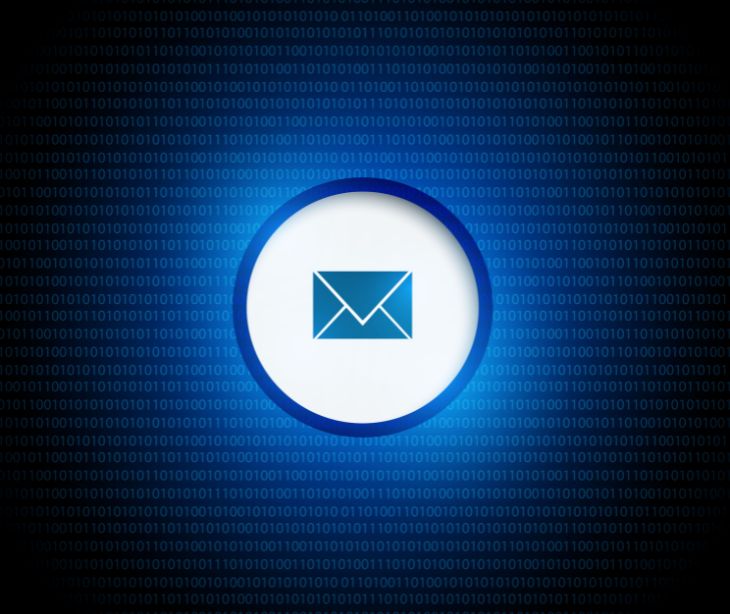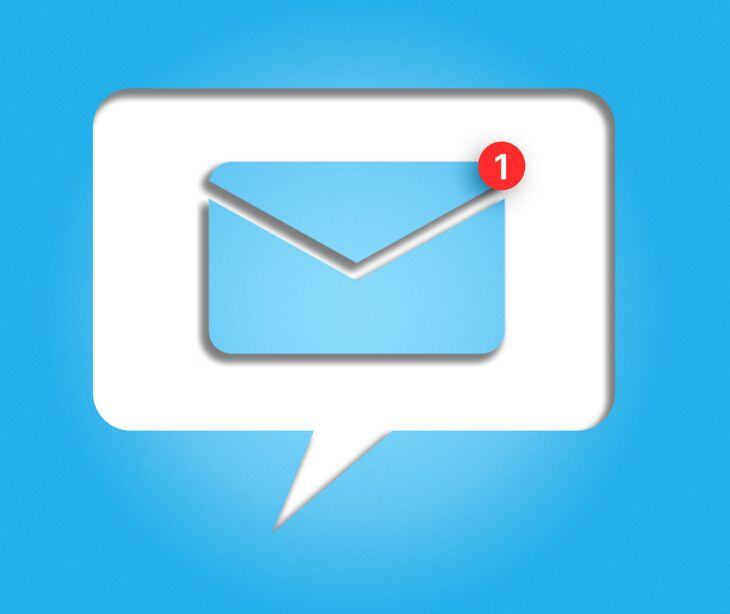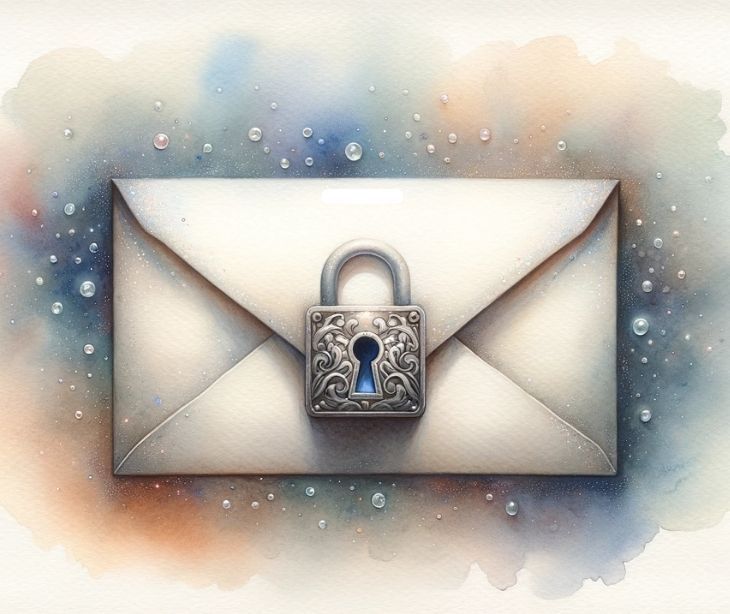
Maintaining HIPAA compliance in email communication is not just a good practice; it's a legal requirement to protect patient privacy and security. Here are ten things that covered entities should avoid when communicating through email to ensure HIPAA compliance.
1. Sending PHI in unencrypted
Avoid sending protected health information (PHI) in plain text. Plain text emails are not secure and can be intercepted by unauthorized individuals. To protect PHI, always use encrypted and HIPAA compliant email services. Encryption in email ensures that the content is transformed into a code that can only be deciphered by authorized parties.
2. Unsecured email attachments
When you attach a document containing PHI to an email, ensure the attachment is encrypted.
3. Unauthorized recipients
Always verify that the recipients of your email are authorized to access the PHI contained in it. HIPAA mandates that only those individuals involved in patient care and authorized to access this information should be recipients of emails containing PHI.
4. Lack of encryption
Emails containing PHI should be encrypted both in transit and at rest. Encryption ensures that the data remains unreadable and protected even if a breach occurs. Encryption at rest means the data is stored securely on the email server, and encryption in transit ensures that it's secure while being transmitted from one server to another.
Related: Encryption at rest: what you need to know
5.No audit trail
Maintaining detailed audit logs for email communications aids in compliance and security. These logs record who sent, received, and accessed the email. An audit trail provides a clear history of interactions with sensitive data, allowing you to track who accessed the information and when.
6. Failure to obtain consent
Patients must provide informed consent for email communication involving their health information. The informed consent process ensures patients know the risks and voluntarily agree to electronic communication. Consent documents should outline what information will be communicated through email, who will access it, and how the data will be protected. Patients should have the option to decline electronic communication and choose alternative methods.
Related: How to obtain patient consent for email communication
7. Insecure mobile devices
Using insecure mobile devices for email communication poses a significant risk. Mobile devices are convenient but can be vulnerable to security breaches. Ensure that mobile devices used for email communication are adequately secured and encrypted, both in transit and at rest. Implement authentication methods, such as passcodes or biometrics, and require regular security updates to minimize vulnerabilities.
8. Prolonged storage
Storing PHI in email for extended periods is discouraged. For email communications containing PHI, healthcare organizations must develop retention and disposal protocols that align with HIPAA requirements to ensure data is retained only as long as necessary. Regularly review and remove emails that are no longer needed to minimize the risk associated with prolonged storage.
9. Sharing email credentials
Each authorized user should have a unique login, and access permissions should be carefully managed. Sharing credentials makes it impossible to track who had access to the PHI. It also increases the risk of unauthorized access, as it becomes challenging to determine who may have misused the shared account. Implement authentication methods and educate employees about the importance of maintaining the confidentiality of their login information.
10. Neglecting breach reporting
Covered entities must promptly report any email-related breaches of PHI to the appropriate authorities and affected individuals. Failing to report breaches can lead to significant penalties and legal consequences.
Subscribe to Paubox Weekly
Every Friday we'll bring you the most important news from Paubox. Our aim is to make you smarter, faster.



